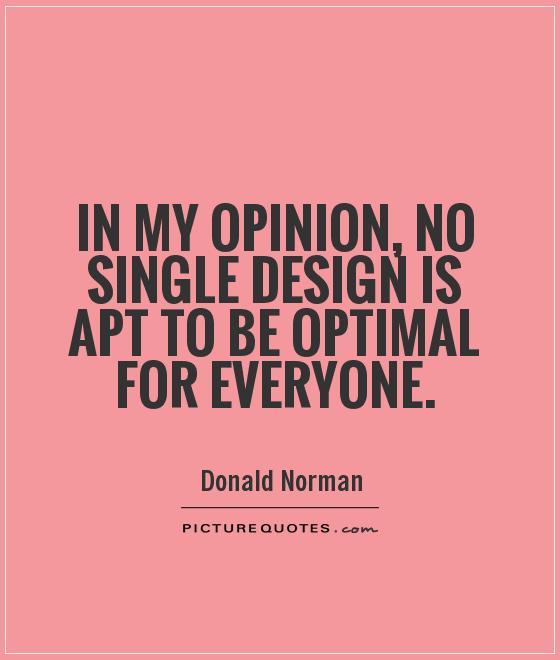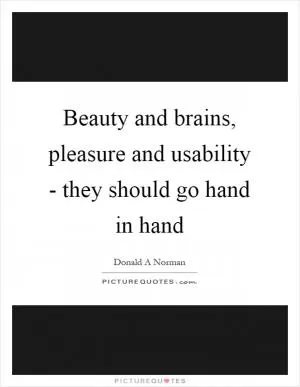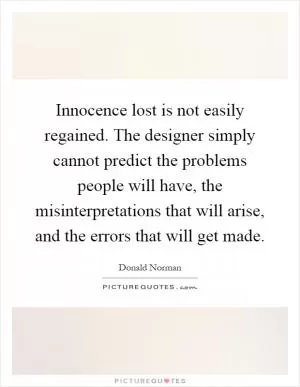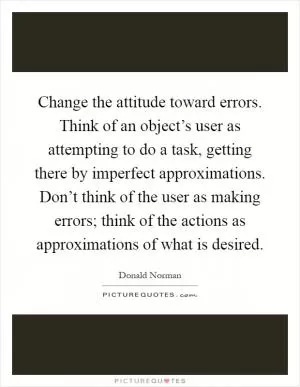In my opinion, no single design is apt to be optimal for everyone

In my opinion, no single design is apt to be optimal for everyone
Donald Norman, a renowned design psychologist, once said, "In my opinion, no single design is apt to be optimal for everyone." This statement holds true in the world of design, where individual preferences, needs, and abilities vary greatly among users. Norman's words highlight the importance of considering the diverse range of users when creating products, services, or experiences.When designing a product, it is crucial to understand that different users have different needs and preferences. What may be intuitive and user-friendly for one person may be confusing and frustrating for another. For example, a smartphone with a sleek and minimalist design may appeal to some users who prefer simplicity and elegance. However, for users who have visual impairments or dexterity issues, this design may not be optimal. In such cases, designers need to consider incorporating features such as larger buttons, voice commands, or tactile feedback to make the product more accessible to a wider range of users.
Furthermore, cultural differences can also play a significant role in design preferences. What may be considered aesthetically pleasing in one culture may not be well-received in another. For instance, the color red symbolizes good luck and prosperity in Chinese culture, while it is often associated with danger or warning in Western cultures. Designers need to be mindful of these cultural nuances when creating products for a global audience to ensure that their designs are inclusive and resonate with users from different backgrounds.
In addition to individual preferences and cultural differences, users also have varying levels of abilities and disabilities that need to be taken into account in design. For example, individuals with disabilities such as visual impairments, hearing loss, or mobility limitations may require assistive technologies or alternative design solutions to access and use products effectively. Designing with accessibility in mind not only benefits users with disabilities but also enhances the overall user experience for everyone.












 Friendship Quotes
Friendship Quotes Love Quotes
Love Quotes Life Quotes
Life Quotes Funny Quotes
Funny Quotes Motivational Quotes
Motivational Quotes Inspirational Quotes
Inspirational Quotes